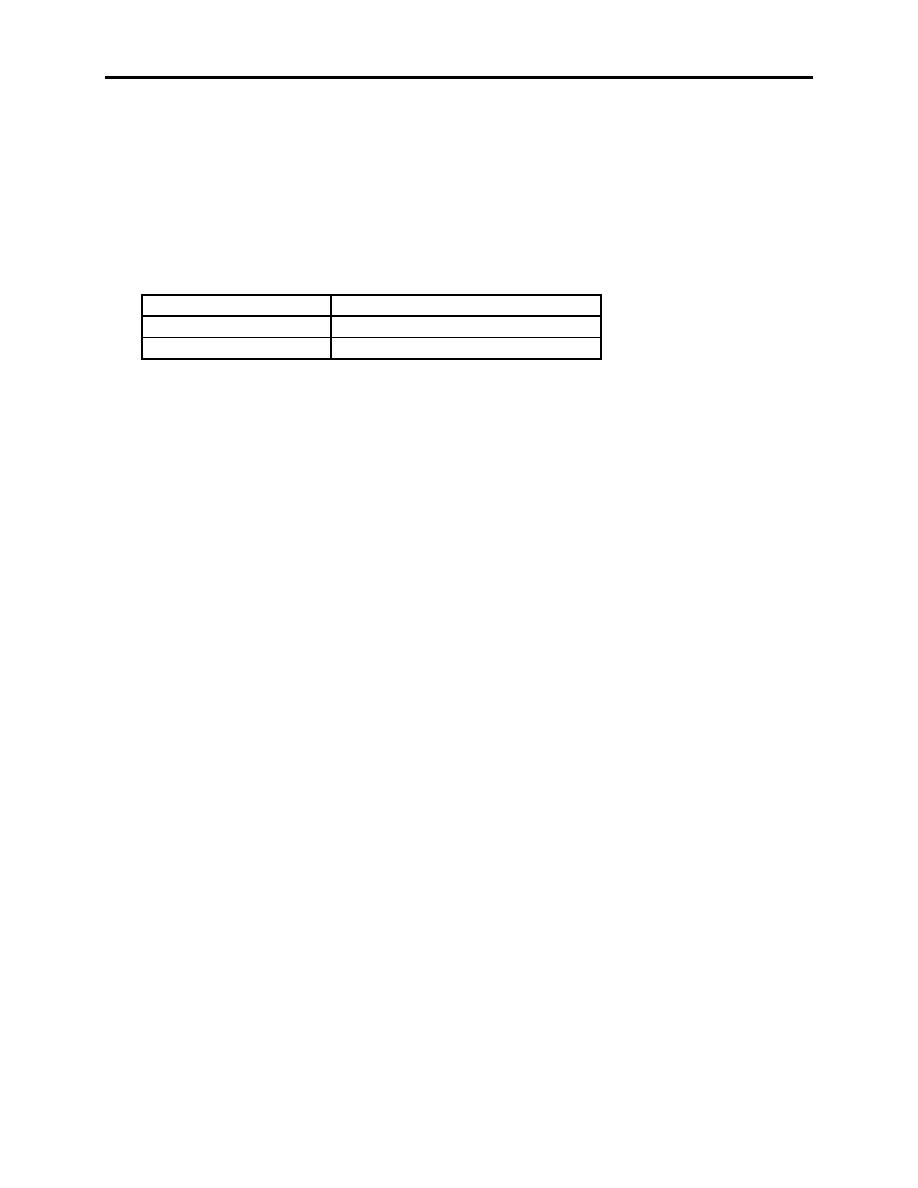 |
|||
|
|
|||
|
|
|||
| ||||||||||
|
|  CHAPTER FOUR
INSTRUMENT FLIGHT RULES WORKBOOK
CHAPTER FOUR REVIEW QUESTIONS
1. You plan to arrive at your destination at 1600Z on a VFR flight plan. Your destination
must be forecasting VFR weather during the period from _______________ Z to
_______________ Z.
2. Based on the following information, could a VFR flight plan be filed to NAS Pensacola
from NAS Jacksonville? _______________
Ceiling
Visibility
NAS Jacksonville
1000 feet
3 miles (existing)
NAS Pensacola
2000 feet
2 miles (1 hr. ETA)
3. An airplane operating outside of controlled airspace and below 1200 feet AGL must have
_______________ visibility and remain _______________ in order to fly VFR.
An aircraft operating within controlled airspace above 10,000 feet MSL must have
_______________ visibility and remain _______________ above, _______________below, and
_______________ horizontal clearance in order to fly VFR.
4. The existing weather at your point of departure is 1000 foot ceiling and 3 miles visibility in
rain showers. (No radar or ILS available.) May a standard instrument rated pilot take off on an
instrument flight? _______________
The existing weather at the point of departure is 200 foot ceiling and mile visibility. The
duty runway has a PAR approach with weather minimums of 100 feet and mile. May a
standard instrument rated pilot take off? _______________
5.
The existing weather at your point of departure is 0 feet ceiling and mile visibility in fog.
May a special instrument rated pilot take off under these conditions? _______________
6. Navy/Marine Corps pilots must use the rules established in __________ vice FARs when
selecting a suitable alternate.
7. Your destination is forecasting 400 feet broken and 3 miles visibility ( . . . 4800 06HZ
6ST004. . . CIGNO). Are you required to have an alternate? _______________
8. Can you file to a destination which is forecasted to be completely fogged-in with zero
visibility at your arrival time? (Yes /No)
9. If a PAR is not available at your destination, then your lowest approach minima at the
destination for determining alternate weather requirements will be based on a _______________
approach.
10. IFR flight planning shall be based on the pilot's best judgment as to the runway that will be
in use upon arrival. (True/False)
4-26 INSTRUMENT FLIGHT RULES
|
|
Privacy Statement - Press Release - Copyright Information. - Contact Us |